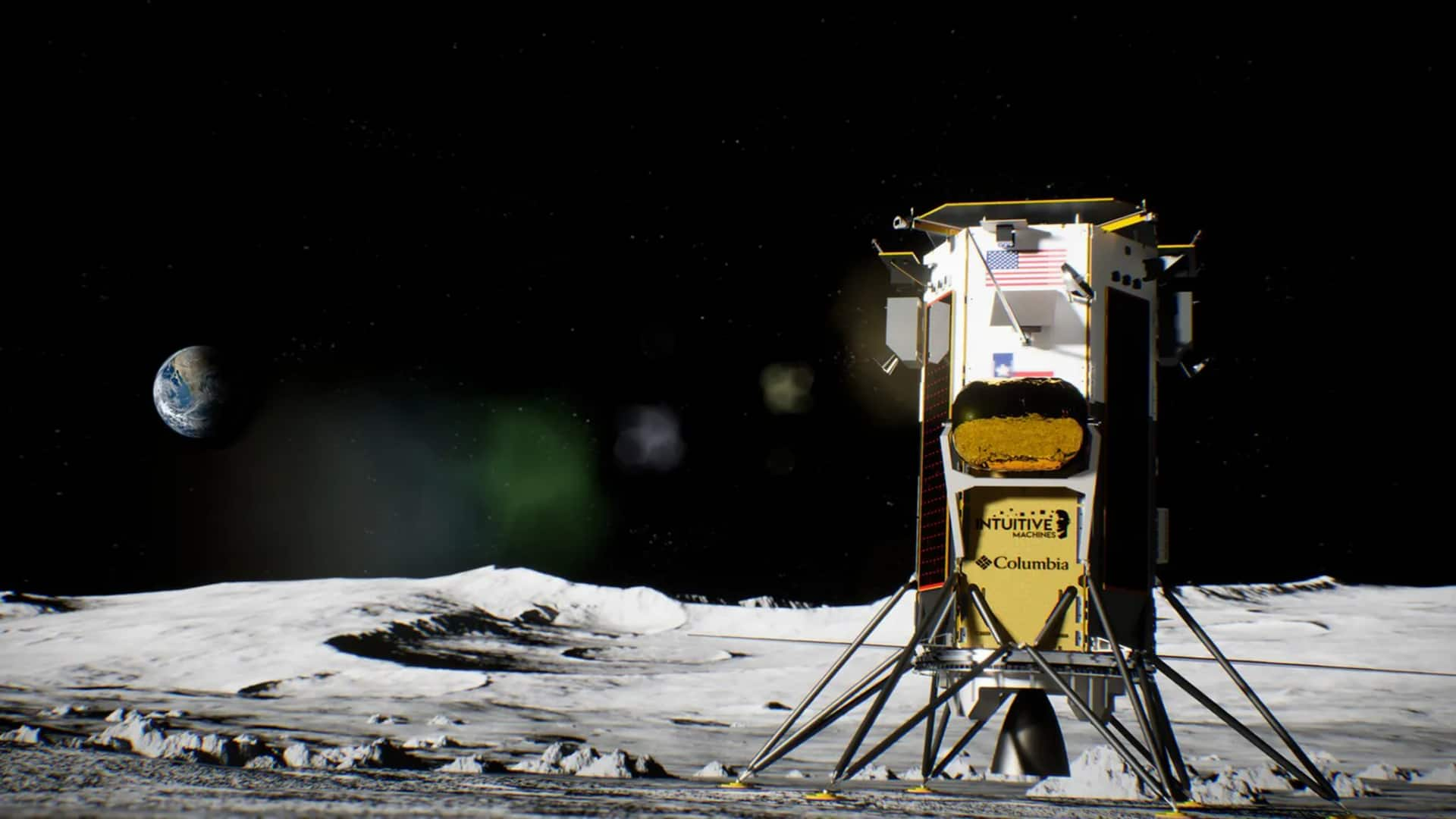
US returns to Moon for first time in 50 years
What's the story
The US has made history by landing a privately-built spacecraft, Odysseus, on the Moon for the first time since NASA's Apollo 17 crewed-mission in 1972. Odysseus is also the first visit by a commercial vehicle following last month's failure of Peregrine One. Built by Texas-based Intuitive Machines, Odysseus touched down near the lunar south pole after a 73-minute descent. NASA Administrator Bill Nelson called it "a giant leap forward for all of humanity."
Details
Communication and operability assessment
At first, there was no prompt confirmation regarding the lander's status or condition, apart from its successful arrival at the planned landing site in crater Malapert A. However, after landing, Intuitive Machines worked to improve weak communication with Odysseus and assess its functionality. The landing paves the way for future lunar exploration, with NASA planning to send humans back to the Moon in 2026. Intuitive Machines' founder Steve Altemus said, "Welcome to the Moon," after the successful touchdown.
Twitter Post
How NASA reacted to the event
Your order was delivered… to the Moon! 📦@Int_Machines' uncrewed lunar lander landed at 6:23pm ET (2323 UTC), bringing NASA science to the Moon's surface. These instruments will prepare us for future human exploration of the Moon under #Artemis. pic.twitter.com/sS0poiWxrU — NASA (@NASA) February 22, 2024
Venture
Commercial lunar payload services initiative
The 14-feet-tall, six-legged Nova-C lander, nicknamed Odie by Intuitive Machines, is part of NASA's Commercial Lunar Payload Services (CLPS) initiative. The program involves the space agency granting contracts to private partners, primarily to bolster the Artemis program. While NASA invested $118 million in the project, Intuitive Machines contributed $130 million. Notably, Odysseus was launched on February 15 from Florida's Kennedy Space Center on a SpaceX Falcon 9 rocket.
Insights
Scientific payload and objectives
Odysseus carries scientific equipment to study the lunar environment, specifically in the rocky region chosen for NASA's crewed Artemis 3 mission. The landing area, "pockmarked with all of these craters," is believed to contain frozen water crucial for a permanent lunar base and future Mars missions, as per Nelson. Scientists believe tiny glass beads on the Moon's surface hold "billions of tons of water" for potential use.
Facts
Planned operations and future missions
The solar-powered lander will operate for seven days before entering Earth's shadow. NASA hopes this is enough time to analyze soil reactions to the landing impact. Other instruments will study space weather effects on the lunar surface, and communication and navigation markers will be deployed. Two more Intuitive Machines launches are planned for this year, including an ice drill and another Nova-C lander carrying a small NASA rover and four robots to explore surface conditions on the Moon.